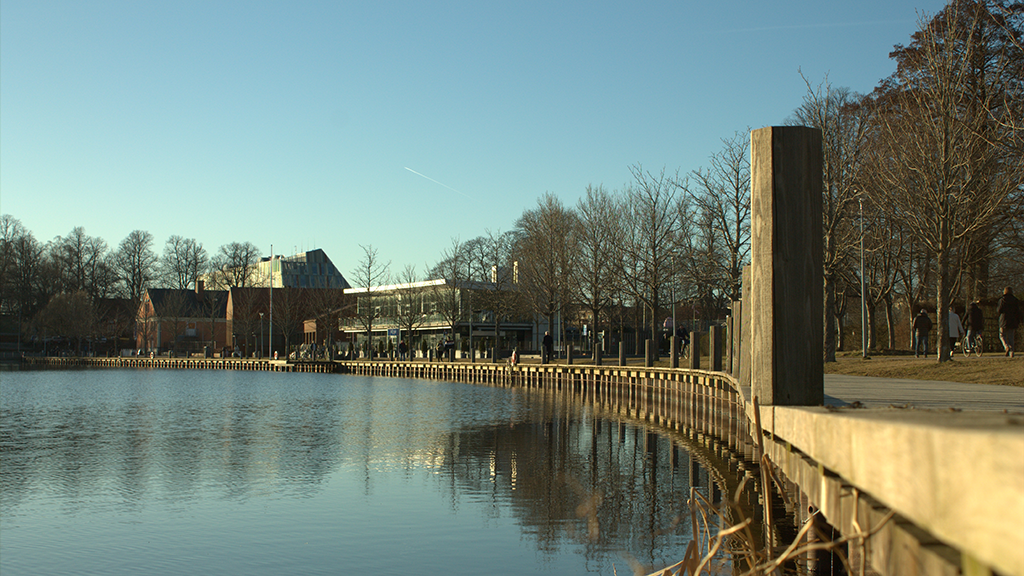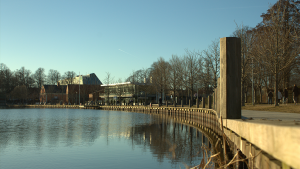Over a span of several decades Växjö, a small city in southern Sweden, has grown a reputation as “a living research area” to test different construction materials and building solutions.
Wood designed buildings have been a major part of the movement which is why the municipality of 100,000 residents has been nicknamed Timber City, Sweden, a hefty moniker in a country known as a world leader in wood construction.

Fredrik Lindblad, who works at Växjö’s Linnaeus University in institutional management focusing on forestry, wood products and housing, said the city has come a long way from its environmental roots in the 1970s.
He presented a seminar at Summit 2024, a WoodWorks conference recently in Toronto, highlighting the city’s shift to sustainable building practices primarily through using wood (mass timber in particular) as a building material.
Years ago Växjö’s government officials developed a strategy in which future housing models, regardless of materials, should be tested as wood-based solutions, he told the seminar audience at George Brown College’s Waterfront Campus.
The city required at least 50 per cent of all new buildings to be constructed using wood-frame technology, he said.
The shift to wood resulted in a training regime within the industry and the municipality to understand the products as well as issues such as procurement. From there the municipality established policy regulations.
The municipality required wood project developers to collaborate with other developers and Linnaeus University to help grow the knowledge pool of new technologies.
“It stimulated the industry.”
By 2003 Växjö had one of its first major wood multi-residential buildings and in 2005 the city initiated a multi-family wood buildings strategy called More Wood in Construction.
Since then it has seen a number of prefabricated mass timber highrise housing projects, including one with a façade of untreated spruce, he said.
Currently Växjö’s main driver to buildings is through a sustainable model.
“Wood-based building solutions are a given solution in that,” he told the audience.
While Växjö has drawn visitors from around the globe to view its mass timber residences, he said no building tour should miss the showpiece: city hall and the rail station which are combined under one roof.
A striking glass seven-storey façade formed into the shape of a ship, the municipal/rail complex is constructed with a mass timber structure of CLT and glulam.
Lindblad said regardless of the city and country’s political stripes over the past four to five decades, environmental responsibility has factored into the development equation.
“It has benefitted the development of sustainable construction or wood construction.”








Recent Comments